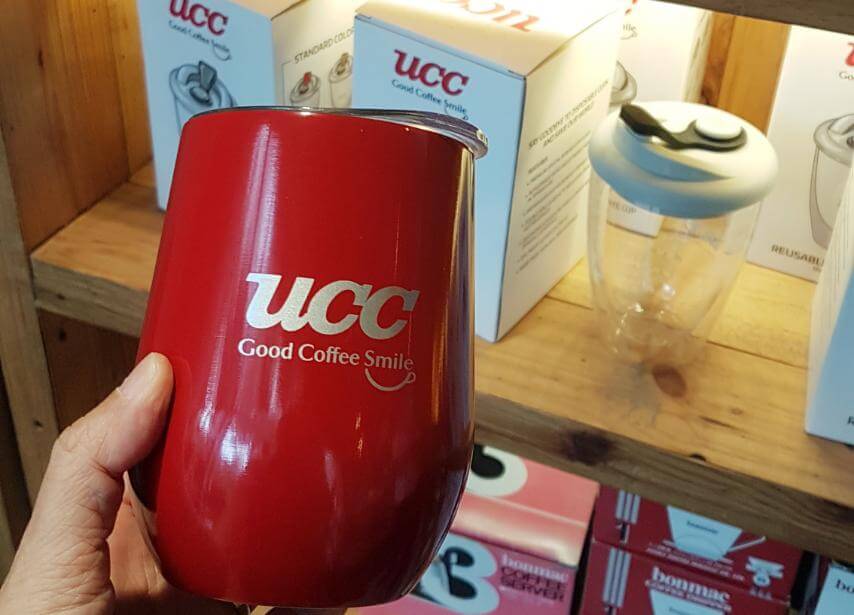30 years. That is how long it takes to decompose a plastic-lined paper coffee cup (source). It is better than styrofoam cups’ decompose time of 450 years, but 30 years is still a long time. Plastic-lined paper cup is hard to recycle, and in the Philippines there is no facility to do that.
As a result, each coffee cup that we dispose of contributes to worsening climate change, and collectively, we go through many coffee cups. In BGC, there are over thirty coffee shops. Assuming that on average, each shop sells 200 cups a day. This means 6,000 cups are going into our landfill from BGC everyday, which comes to nearly 2.2 million cups a year.

Eco-friendly coffee shops
When we look for eco-friendly coffee shops in BGC, the first things we look at are items that they give to customers. Not only because these items are usually for single use, but also it is where the customers become direct ‘accomplice’ in the act of damaging our environment. Also, we are not able to assess what a company does behind the front desk. There are many things that a coffee shop can do to be eco-friendly, such as in waste disposal, energy and water conservation. If they take those measures, good for them.
In this article, we will focus on coffee shop chains because they have multiple branches in the Philippines, so the impact of their choices is bigger.
Options for coffee cups
Does the coffee shop / specialty coffee cafe offer options to single-use plastic-lined paper cup? This is the most important question that we will consider here, since this is the area where impact to the environment is high, and we, as consumers, can do something about. We can choose to patronize coffee shops that allow us to do the right thing for the environment.
(i) Accept tumblers from customers
Our reusable tumblers can help us avoid using single use cups. Before the pandemic, many coffee chains accept, or even encourage, customers to bring their own tumblers when they buy coffee. Now, only a few do, even though the World Health Organization that COVID-19 does not normally survive long on surfaces, and we have been told that the virus does not stand high temperature.

Photo above: an employee of % Arabica pours their coffee into a customer’s tumbler. See, it is not that hard, nor is it that dangerous! Still worried? wipe it with a disinfectant cloth.
Those that do accept tumblers earn our applause, and those who provide incentives on top of accepting tumblers have our highest admiration. Here is what we have found:
Yes, they accept tumblers from customers
> Coffee Bean and Tea Leaf. In addition, it gives a discount of P10 if you bring your own tumbler. Since dine-in customers are served in their ceramic cups, you do not even have to bring your tumbler in order to reduce single-use cups if you can finish your drink there!
> UCC Clockwork. They accept customers’ tumblers for takeout coffee. Like CFTL, they also serve in proper ceramic ware for dine-in customers.
> Bake House, Shangri-La at the Fort. They give 10% discount to customers who bring their own tumbler.
> Because Coffee. 
> % Arabica. 

(Photo above: Bake House goes the extra mile and gives 10% if you bring your own tumbler.)
No, they do not accept tumblers from customers
– Starbucks Coffee
– Tim Horton

Photo above: Coffee Beans and Tea Leaf serves coffee in nice ceramic for dine-in customers.

Photo above: Like CBTL, UCC coffee not only accepts tumblers, serves in nice ceramic, they also have decent tumblers for sale if you do not have one yet
(ii) Other eco friendly practices that customers can contribute to
Because Coffee also encourages its customers to return the cup tray for reuse.

Setting a good example
From what we have found so far, Bake House and Coffee Beans and Tea Leaf show above average commitment to fight climate change for everyone’s benefit. For this, we will always salute them with our patronage.








